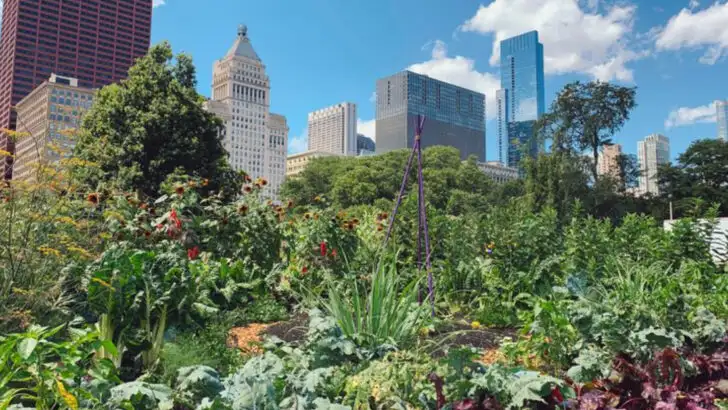In the heart of American cities—on rooftops, balconies, fire escapes, and vacant lots—something green is quietly taking root. What was once seen as a hobby for suburban backyards has exploded into a full-blown movement in places like New York, Detroit, Atlanta, and beyond. Urban gardening is no longer a niche pastime—it’s a practical, powerful response to modern challenges.
From rising food costs to climate concerns, more Americans are planting their own produce as a way to take control of their health, budget, and environment. Whether it’s a single tomato plant on a fire escape or a full raised-bed setup in a community garden, the appeal is the same: fresh, local food you can trust—and the satisfaction of growing it yourself.
This article breaks down the top 15 reasons why urban gardening is booming right now, and how you can get started no matter how little space you have. Whether you’re in a high-rise apartment or renting a tiny studio, there are clever, affordable ways to join the movement—and transform the way you think about food in the process.
Community Building
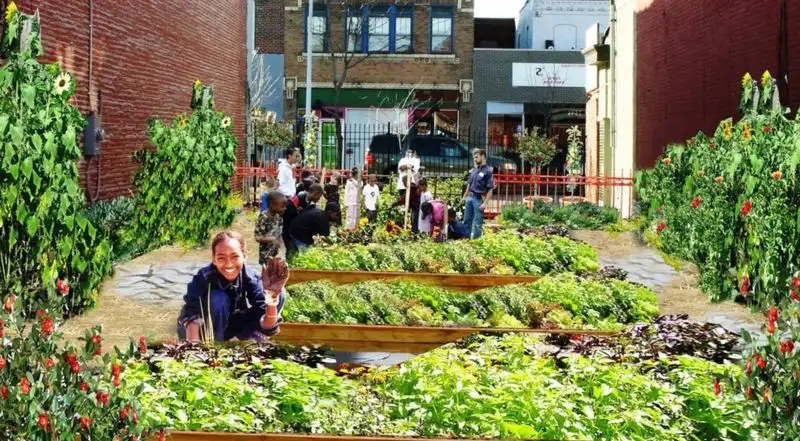
Urban gardening creates a sense of belonging and unity. These green spaces become a hub where people from different backgrounds come together, sharing tips and stories while nurturing plants. Community gardens are especially popular for fostering friendships and collaborative efforts. Moreover, they provide an opportunity for residents to become more connected to their environment and each other. This sense of belonging is crucial in large cities, where isolation can often be a challenge. By participating in urban gardening, you’re not just growing plants; you’re also cultivating friendships.
Fresh Produce Access
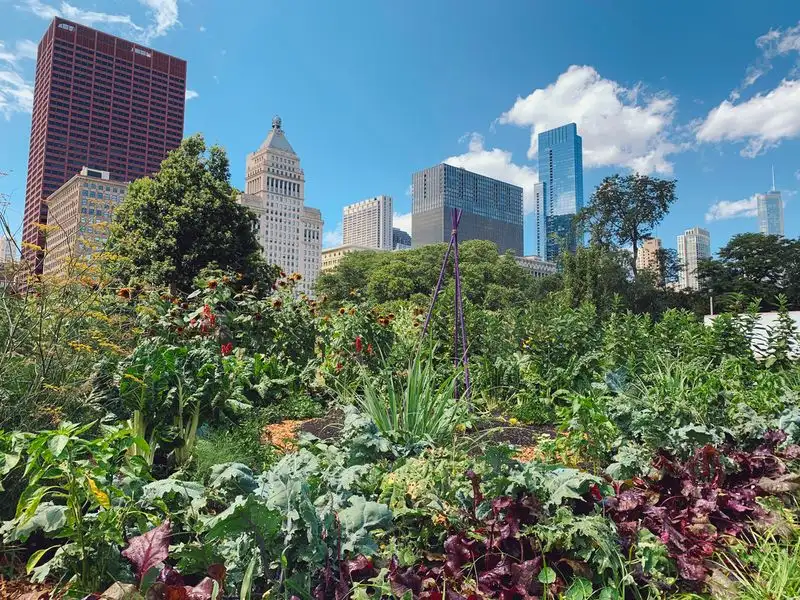
One of the most appealing aspects of urban gardening is access to fresh, organic produce. City dwellers can enjoy vegetables and fruits that are grown right in their neighborhood, reducing the need for long transportation. This not only ensures fresher, healthier food but also cuts down on carbon emissions associated with transporting goods. Additionally, urban gardeners have the satisfaction of knowing exactly how their food is grown. The joy of harvesting your own produce, knowing it’s free from chemicals, is unmatched. It’s a step towards self-sufficiency and better nutrition.
Environmental Benefits
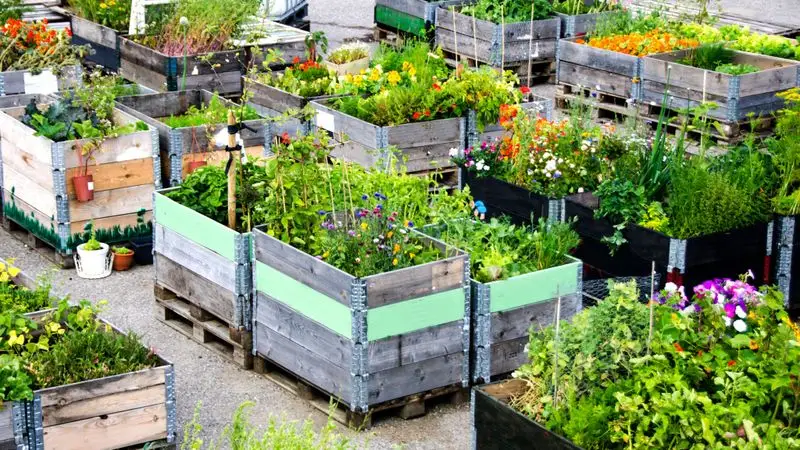
Urban gardens contribute significantly to the environment. They increase biodiversity by providing habitat for pollinators like bees and butterflies. These green spaces also help in reducing the urban heat island effect by cooling the surroundings. Additionally, they improve air quality by absorbing carbon dioxide and releasing oxygen. The presence of plants in urban areas can also help in reducing noise pollution. In essence, urban gardening acts as a natural air purifier and temperature regulator. By incorporating plants into cityscapes, we make urban living more sustainable and pleasant.
Stress Relief
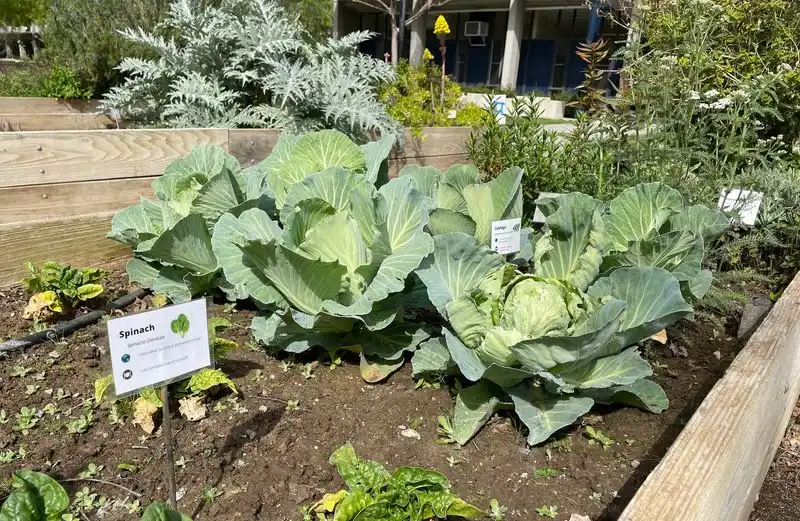
Gardening is a therapeutic activity that offers mental relaxation. Tending to plants allows individuals to disconnect from the daily hustle and find peace in nature. The act of nurturing plants can be meditative, providing a sense of accomplishment and purpose. In busy urban settings, having a green space to retreat to can significantly reduce stress levels. It offers a break from screens and noise, allowing one to focus on the simple joys of life. By engaging in urban gardening, you’re investing in your mental well-being.
Educational Opportunities
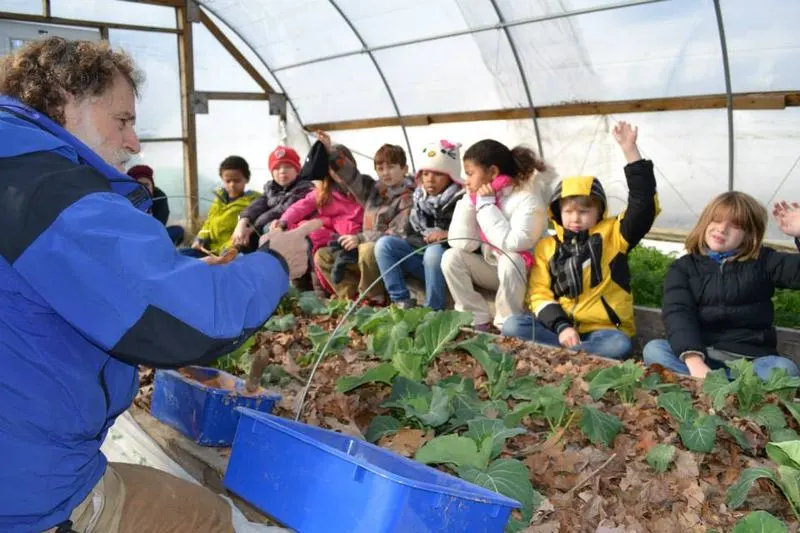
Urban gardening serves as a living classroom. It offers endless opportunities for learning about plant biology, ecology, and sustainability. Schools and families use gardens to teach children the importance of nature and where food comes from. This hands-on approach makes learning interactive and fun, fostering curiosity and responsibility. Adults also benefit by expanding their knowledge of gardening techniques and environmental stewardship. Urban gardens are a resource for lifelong learning, enriching minds of all ages. They enable individuals to gain practical skills and a deeper appreciation for the natural world.
Space Utilization
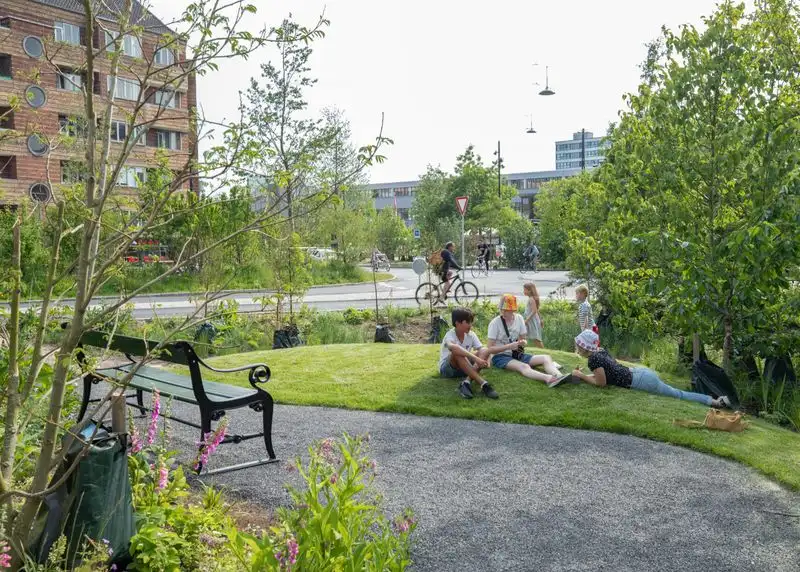
In cities where space is at a premium, urban gardening maximizes the use of available real estate. Rooftops, balconies, and small plots become productive areas, proving that you don’t need a large yard to grow plants. Creative solutions like vertical gardening and container planting make it possible to cultivate a variety of crops in limited spaces. This efficient use of space demonstrates how urban environments can be transformed into green havens. It’s a testament to human ingenuity and adaptability, showing that gardening is accessible to anyone, regardless of space constraints.
Economic Savings
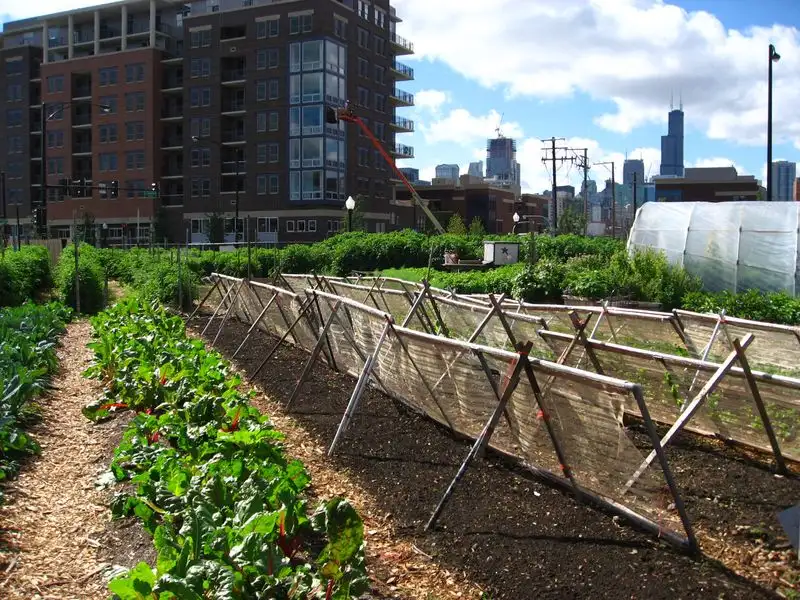
Urban gardening can lead to significant cost savings. Growing your own fruits and vegetables reduces the need to buy expensive organic produce. Over time, the initial investment in seeds and tools pays off as you harvest your own food. Additionally, surplus produce can be shared or sold within the community, providing a potential income source. This not only helps in cutting grocery bills but also promotes self-reliance. The financial benefits extend beyond the individual, as entire communities can save money through cooperative gardening efforts.
Health Improvement
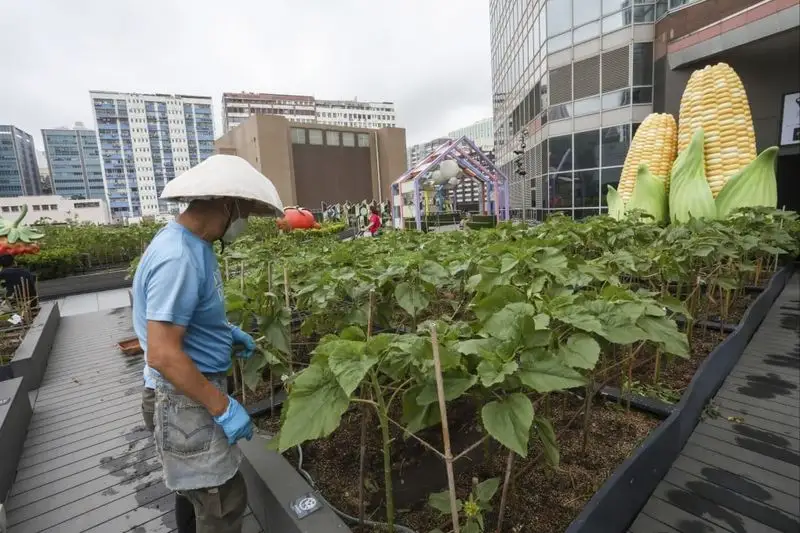
Gardening is a physical activity that promotes health and fitness. Regularly tending to plants requires movement, which can improve strength, flexibility, and endurance. Furthermore, being outdoors in the sunshine provides essential vitamin D, which is vital for bone health. The act of gardening also encourages healthier eating habits, as people tend to consume more fruits and vegetables when they grow their own. This combination of physical activity and improved diet contributes to overall well-being. Urban gardening, therefore, supports both physical and nutritional health.
Creative Expression
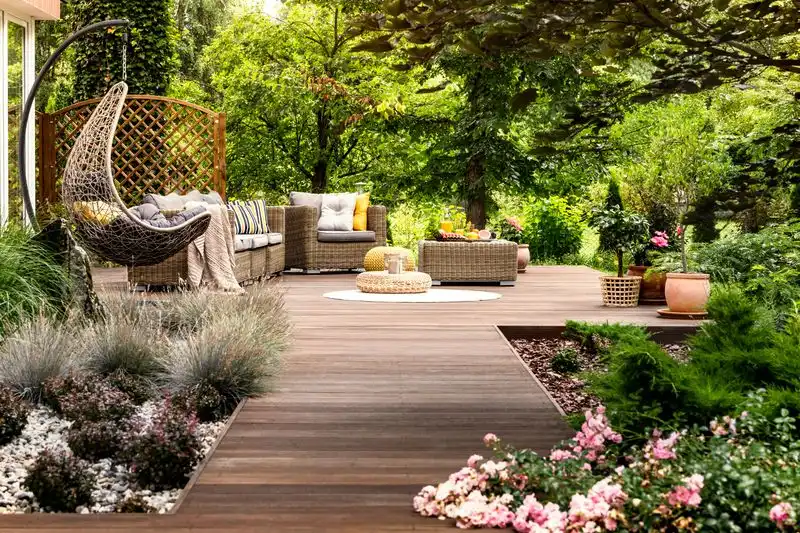
Gardening offers an outlet for creativity and personal expression. Urban gardeners have the freedom to design their spaces, choosing plants, colors, and arrangements that reflect their style. From whimsical fairy gardens to sleek modern designs, each garden becomes a unique piece of art. This creative process allows individuals to relax and express themselves while enhancing their environment. Moreover, personalized gardens can become a source of pride and joy, showcasing the gardener’s personality. In a busy city, having a space that represents you can be incredibly fulfilling.
Resilience Building
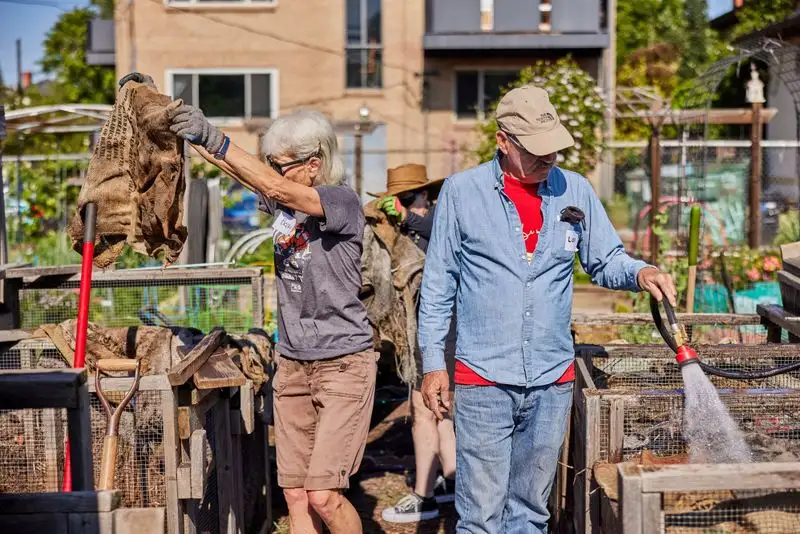
Urban gardens teach resilience and adaptability. Gardeners learn to cope with challenges such as weather changes, pests, and limited resources. This experience fosters problem-solving skills and a mindset that embraces challenges. When communities work together to overcome gardening obstacles, it strengthens their collective resilience. These experiences can be empowering, providing a sense of achievement when adversity is overcome. Urban gardening, thus, cultivates a spirit of perseverance and cooperation, essential traits for thriving in urban environments. It prepares individuals and communities to handle both gardening and life’s challenges.
Cultural Exchange
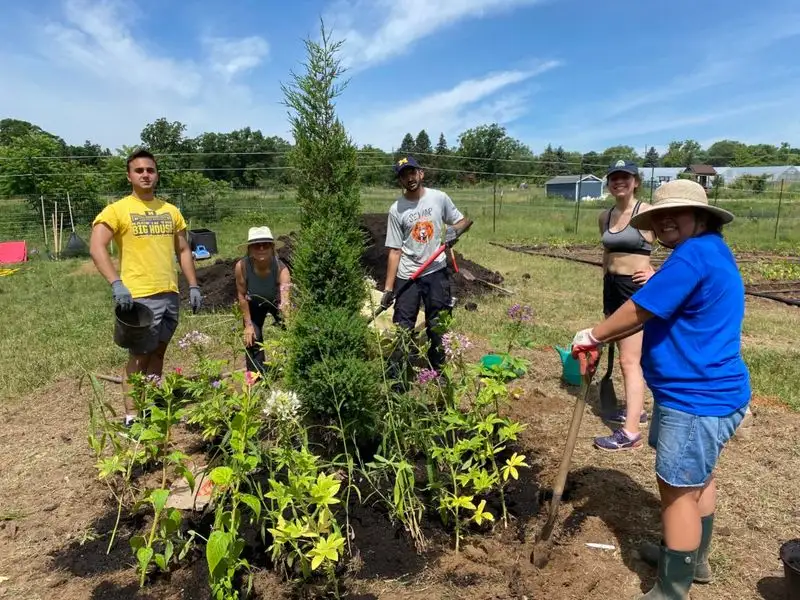
Gardens become spaces for cultural exchange, bringing people from different backgrounds together. Sharing seeds, plants, and gardening techniques promotes understanding and appreciation of diverse traditions. The act of gardening transcends language barriers and fosters inclusivity. In multicultural cities, urban gardens are melting pots where ideas and stories are exchanged. This cultural sharing enriches the community, creating a tapestry of flavors and experiences. It’s a beautiful reminder of the power of collaboration and the universal love for nature. Urban gardening, therefore, celebrates diversity and unity.
Sustainable Living
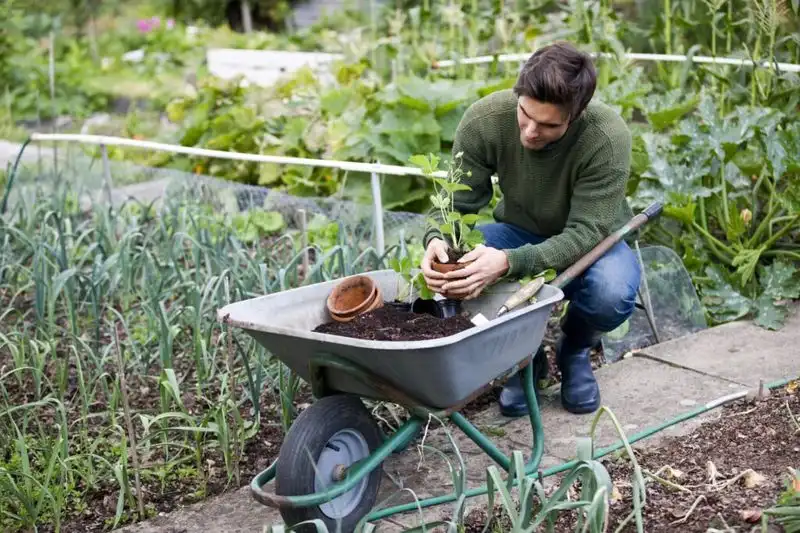
Urban gardening encourages sustainable living practices. By growing their own food, people reduce their reliance on commercially produced goods, which often come with a high environmental cost. Gardens can incorporate sustainable techniques such as composting, rainwater harvesting, and organic pest control. These practices minimize waste and resource use, promoting an eco-friendly lifestyle. Urban gardeners often become advocates for sustainability, inspiring others to adopt greener habits. The movement towards sustainable urban gardening reflects a broader commitment to protecting the planet for future generations.
Food Security

In an era where food security is a growing concern, urban gardening offers a viable solution. Growing food in cities increases the availability of fresh produce, especially in areas with limited access to grocery stores. Community gardens can alleviate food deserts, providing residents with nutritious options. Urban gardening empowers individuals and communities to take control of their food sources, reducing dependency on external supply chains. This autonomy contributes to resilience in the face of economic or environmental disruptions. Urban gardens are, therefore, crucial in building a more food-secure future.
Climate Change Mitigation
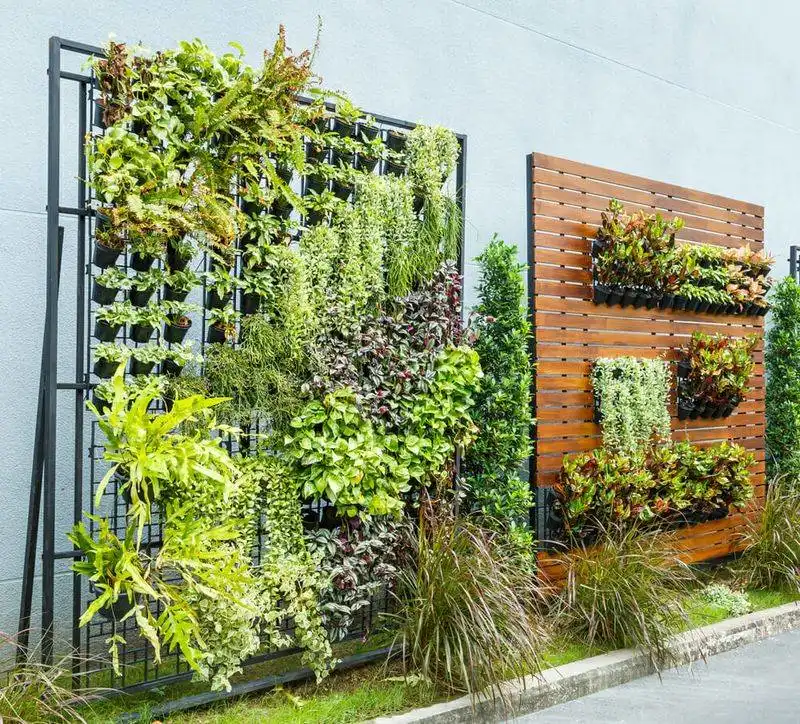
Urban gardens play a role in combating climate change. They act as carbon sinks, absorbing carbon dioxide and reducing greenhouse gases. Additionally, by promoting local food production, urban gardening reduces the carbon footprint associated with transporting food from distant locations. Gardens also help in managing stormwater, reducing the risk of flooding in urban environments. These contributions, though small individually, collectively make a significant impact on a city’s climate resilience. Urban gardening, therefore, is part of a broader strategy to mitigate climate change effects and promote a healthier planet.

